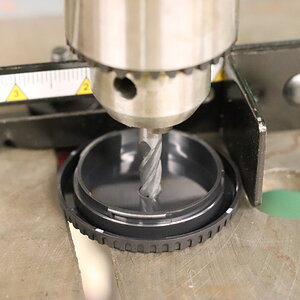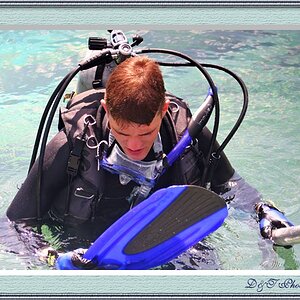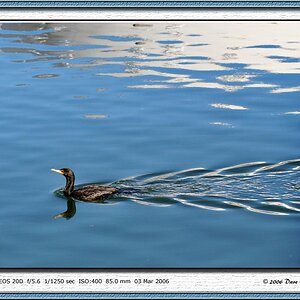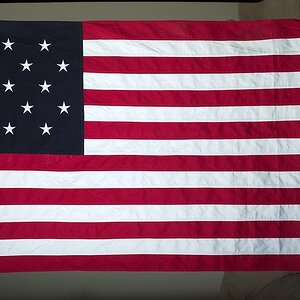jameswilgeroth
TPF Noob!
- Joined
- May 18, 2009
- Messages
- 6
- Reaction score
- 0
- Can others edit my Photos
- Photos NOT OK to edit
Hi all,
I have been totally disappointed by some of the photos that i have received back from various developing companies and brands. Upon close inspection of some of my photographs, i have noticed that they have a digitized appreance i.e. no natural-looking/analogue depth to them and a pixelled look (despite using an ASA of 100). Also, colour quality is generally awful. My questions are as follows:
i) Are all prints now made by digitally scanning a negative
ii) If yes to above, does anyone agree with me that this is truly a sad state of affairs? If yes to above, surely the only way to get clear, seamless photos is to develop them yourself?
Would love to hear your comments on all of this
James
I have been totally disappointed by some of the photos that i have received back from various developing companies and brands. Upon close inspection of some of my photographs, i have noticed that they have a digitized appreance i.e. no natural-looking/analogue depth to them and a pixelled look (despite using an ASA of 100). Also, colour quality is generally awful. My questions are as follows:
i) Are all prints now made by digitally scanning a negative
ii) If yes to above, does anyone agree with me that this is truly a sad state of affairs? If yes to above, surely the only way to get clear, seamless photos is to develop them yourself?
Would love to hear your comments on all of this
James







![[No title]](/data/xfmg/thumbnail/41/41821-2e92de82ffc4cd2d520a8fa10fb8b6a5.jpg?1619739905)


![[No title]](/data/xfmg/thumbnail/38/38735-2245cc1b04db3f96fa74095ae14558a6.jpg?1619738703)


